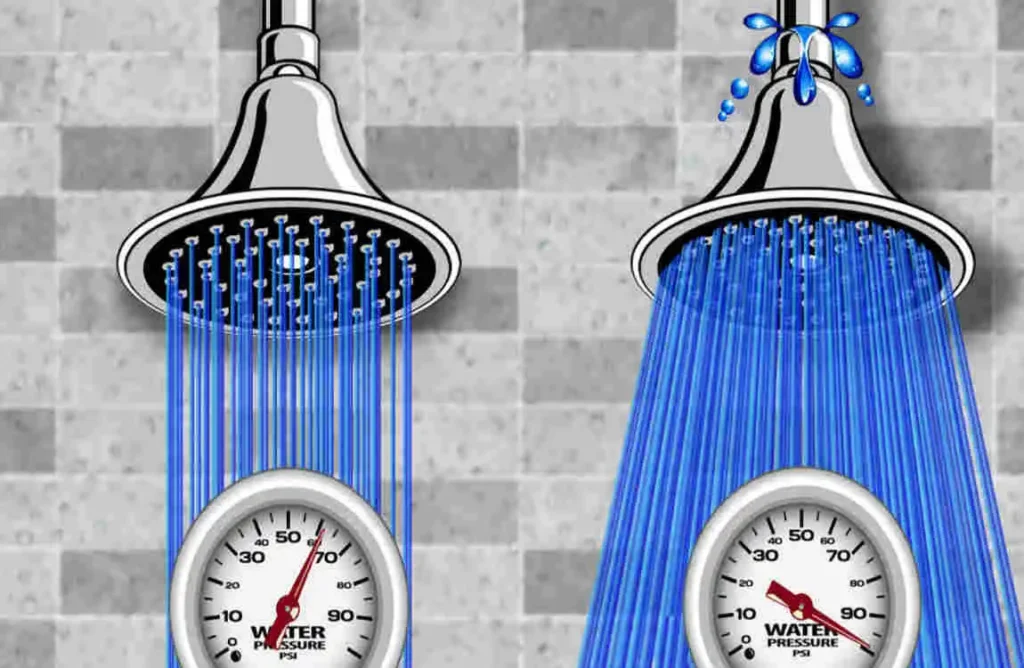The ideal home water pressure should fall between 40 and 80 pounds per square inch (psi), with 50 to 70 psi being the most efficient and comfortable range for daily household use. A common recommendation is around 60 psi, which provides a good balance of water flow without placing too much stress on plumbing systems. Maintaining water pressure within this range ensures proper functioning of fixtures and appliances while preventing potential damage from pressure that is too high or too low.
What Is Water Pressure and How Is It Measured?
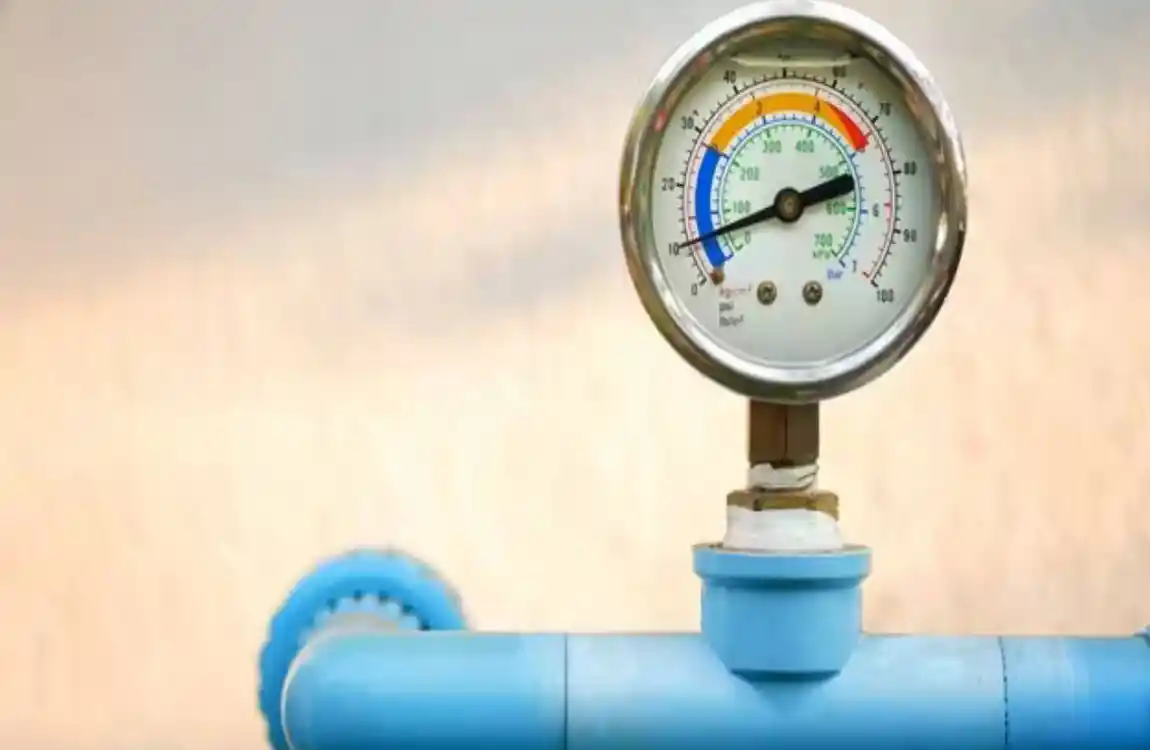
Understanding the Basics
Water pressure refers to the force that pushes water through the pipes in your home. Think of it as the strength behind the flow—similar to how air pressure inflates a tire. This force determines how quickly and powerfully water flows from your faucets, showerheads, and into your appliances.
In residential house plumbing, we measure water pressure using a unit called PSI, which stands for pounds per square inch. This measurement tells us exactly how much force is being applied to each square inch of the interior surface of your pipe. It’s a standardized way to quantify something we experience every day but rarely think about in technical terms.
The Daily Impact
Your home’s water pressure affects virtually every water-using activity. When you turn on the kitchen faucet to fill a pot, the pressure determines how long you’ll wait. During your morning shower, it controls whether you enjoy an invigorating spray or struggle with a disappointing drizzle. Even your dishwasher and washing machine rely on adequate pressure to function properly.
Measuring Your Home’s Pressure
Fortunately, checking your water pressure doesn’t require calling a plumber. You can easily measure it yourself using a simple tool called a water pressure gauge. These inexpensive devices, available at most hardware stores for under $20, screw directly onto an outdoor faucet or hose bib.
To get an accurate reading:
- Choose a faucet close to where the main water line enters your home
- Ensure no water is running anywhere else in the house
- Attach the gauge firmly to prevent leaks
- Turn the faucet on completely
- Read the dial, which will display your pressure in PSI
Some modern homes include built-in pressure gauges near the main shut-off valve, making monitoring even easier. Digital gauges provide precise readings, and some models can even track pressure changes over time, allowing you to identify developing issues before they become serious problems.
Ideal Water Pressure Range for Home Use
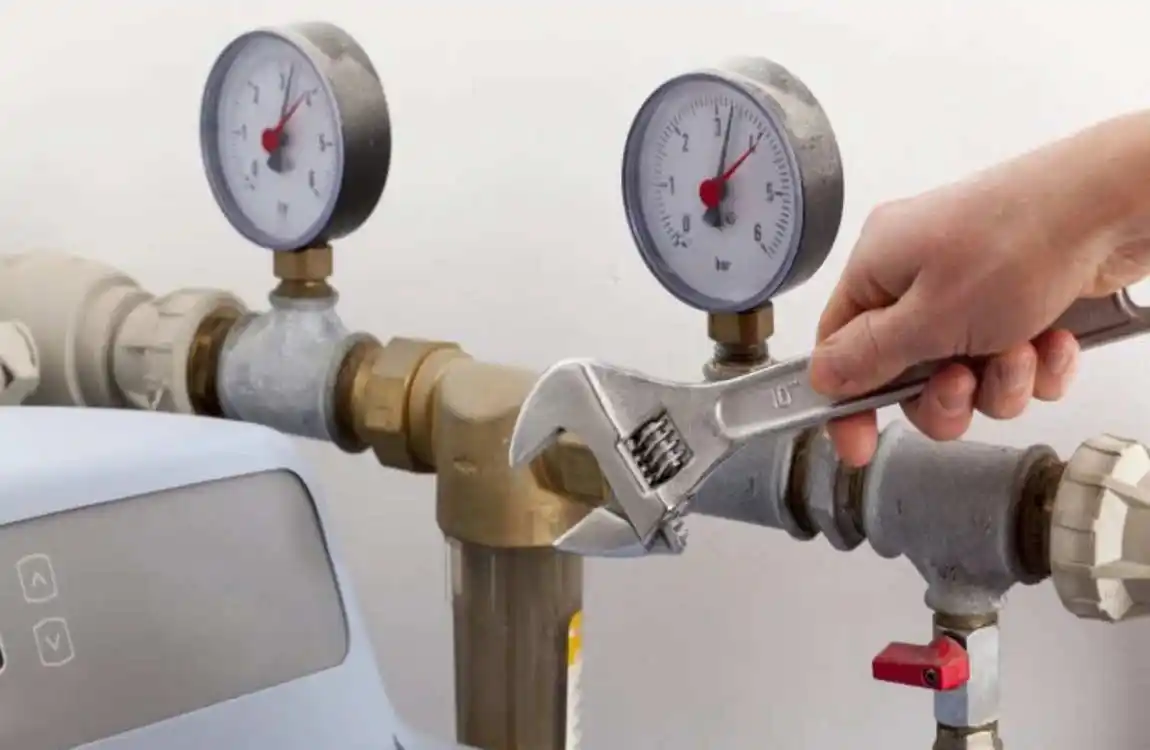
The Golden Zone
When it comes to the pressure of water in the house, experts agree that the sweet spot falls between 40 and 60 PSI. This range provides enough force for comfortable daily use while protecting your plumbing system from excessive stress. Most plumbing codes actually recommend maintaining pressure within this range, with 50 PSI often cited as the ideal target.
Why this specific range? At 40 PSI, you’ll have sufficient pressure for most household tasks without straining to get adequate flow. At 60 PSI, you’re still within safe limits that won’t damage pipes or fixtures. Staying within these boundaries ensures a perfect balance between performance and protection.
Regional and Building Variations
Different areas and building types may have slightly different optimal ranges. High-rise house apartments often require higher pressure at the base to ensure adequate flow on upper floors. Rural homes relying on well systems might operate effectively at slightly lower pressures. Homes in mountainous regions face unique challenges due to elevation changes.
Working with Municipal Pressure
Your home’s water pressure directly relates to what your municipality provides. If your area receives water at 80 PSI, you’ll need a pressure-reducing valve to bring it down to safe levels. Conversely, if municipal pressure hovers around 30 PSI, you might need a booster pump to achieve comfortable flow rates.
Understanding your local water utility’s pressure standards helps you make informed decisions about home improvements. Many utilities provide pressure maps or can tell you the typical range for your neighborhood. This information proves invaluable when troubleshooting problems or planning plumbing upgrades.
Signs of Incorrect Home Water Pressure
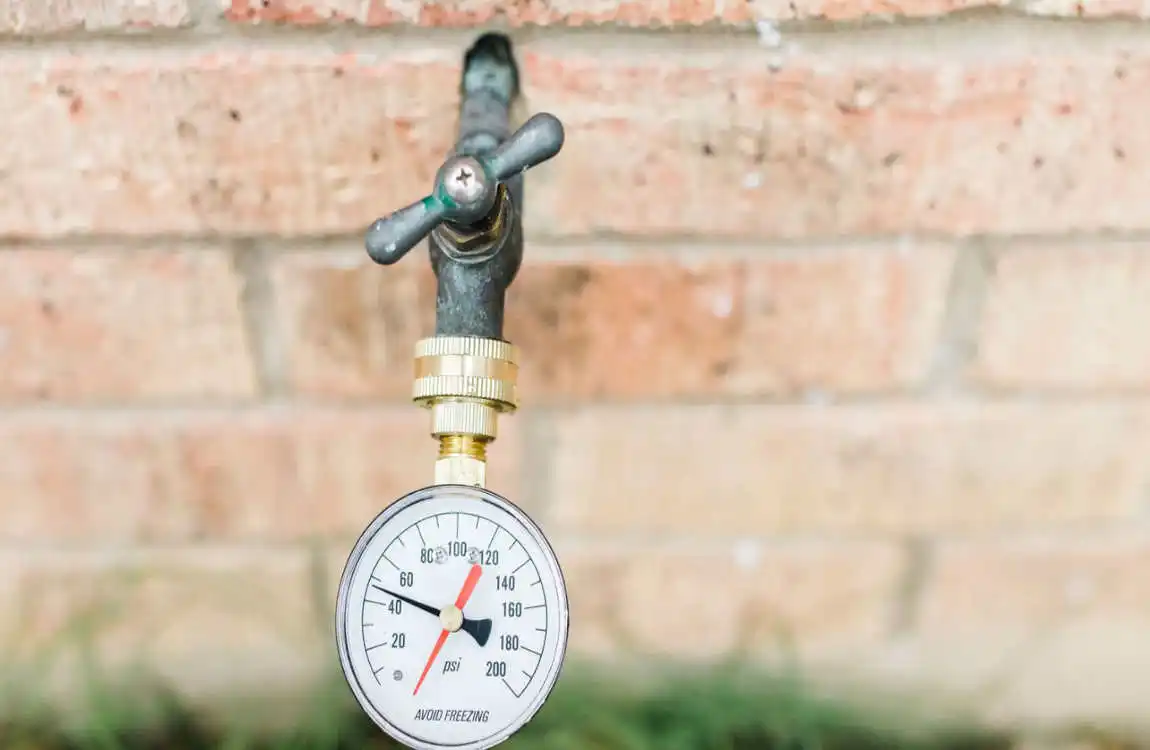
Low Water Pressure Symptoms
Living with low water pressure feels like trying to rinse dishes with a garden hose on its lowest setting. The most obvious sign appears in your shower, where weak water flow makes it difficult to rinse soap and shampoo effectively. You might find yourself standing under the showerhead for extended periods, waiting for enough water to complete basic hygiene tasks.
Kitchen and bathroom faucets reveal low pressure through their sluggish flow rates. Filling a pot for pasta becomes a test of patience. Washing dishes takes twice as long as water barely pushes food particles off plates. Even simple hand washing feels inadequate when water trickles rather than flows.
Appliances suffer too. Your washing machine might display error codes or take hours to complete a cycle. The dishwasher leaves spots and residue because it can’t generate enough spray force. Ice makers produce cubes slowly, and refrigerator water dispensers deliver water at a frustratingly slow pace.
Detection Methods
Regular observation helps catch pressure house problems early. Pay attention to changes in your water flow patterns. Does pressure seem different at various times of day? Have you noticed new sounds from pipes or fixtures? These subtle changes often precede major issues.
Visual inspections reveal pressure-related damage. Look for:
- Dripping faucets that persist despite new washers
- Mineral deposits around fixture connections
- Wet spots on walls or ceilings near pipes
- Unusually high water bills suggest hidden leaks
When to Call Professionals
While minor pressure fluctuations are normal, certain signs demand professional attention. If you experience sudden, dramatic pressure changes, pipes could be failing. Persistent banging noises indicate serious pressure issues that require immediate intervention. Multiple fixture failures within a short period indicate systemic pressure house problems.
Professional plumbers utilize sophisticated diagnostic equipment, which extends beyond simple pressure gauges. They can identify pressure variations throughout your home, locate hidden leaks, and assess the overall health of your system. Their expertise proves invaluable when pressure problems arise from complex issues, such as corroded pipes or failing pressure regulators.
Factors That Affect Home Water Pressure
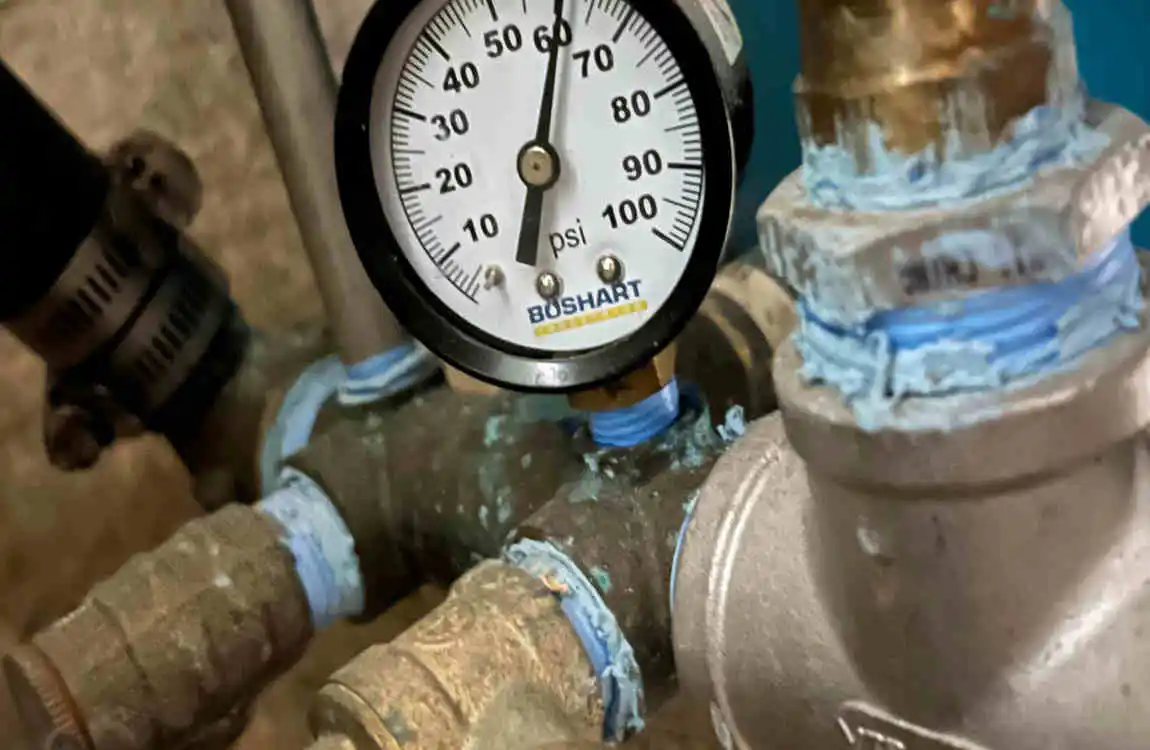
Municipal Supply Limitations
Your modern home’s water pressure story begins at the municipal water treatment plant. These facilities must balance competing demands from thousands of customers while maintaining a safe and consistent pressure throughout the distribution network. During peak usage times—typically mornings and evenings—the system experiences tremendous strain.
Municipal systems face infrastructure challenges that directly impact the pressure in your home. Aging pipes develop mineral deposits that restrict flow. Pump stations require regular maintenance, which can sometimes cause temporary pressure drops. Growing communities often outpace infrastructure improvements, leading to chronic low-pressure issues in rapidly developing areas.
Weather events and seasonal changes also affect municipal pressure. Summer drought conditions might prompt water conservation measures that reduce system pressure. Winter freeze-thaw cycles can damage distribution pipes, causing pressure fluctuations. Even routine maintenance, such as hydrant flushing, temporarily affects neighborhood pressure levels.
Household Plumbing Issues
Hidden leaks silently steal pressure from your system. A small leak under the foundation or within the walls might go unnoticed for months, gradually reducing pressure throughout the house. These leaks waste water, increase utility bills, and can cause extensive structural damage if left unaddressed.
The complexity of your plumbing system affects pressure distribution. Homes with extensive piping runs to remote bathrooms or additions often experience pressure drops at distant fixtures. Multiple stories require careful pressure management to ensure upper floors receive adequate flow while preventing excessive pressure on lower levels.
Elevation and Gravity Effects
Physics plays a fundamental role in water pressure. For every foot of elevation, pressure decreases by approximately 0.433 PSI. This means a second-story bathroom sits about 10 feet higher than ground level, experiencing roughly 4.3 PSI less pressure than first-floor fixtures.
Modern Homes built on hillsides face unique challenges. Properties at higher elevations relative to water treatment facilities naturally receive lower pressure. Conversely, homes in valleys might experience excessive pressure requiring regulation. These topographical factors often explain why neighbors just streets apart experience vastly different pressure levels.
Well-water systems must also overcome elevation challenges. The depth of your well, the height of your home, and the power of your pump all interact to determine available pressure. Deep wells require more powerful pumps to lift water to the surface level before pushing it through your home’s plumbing system.
